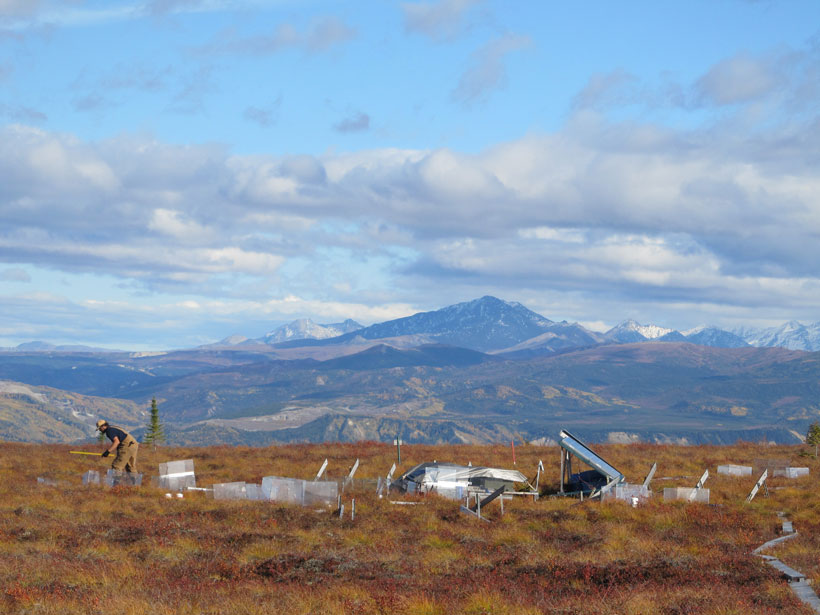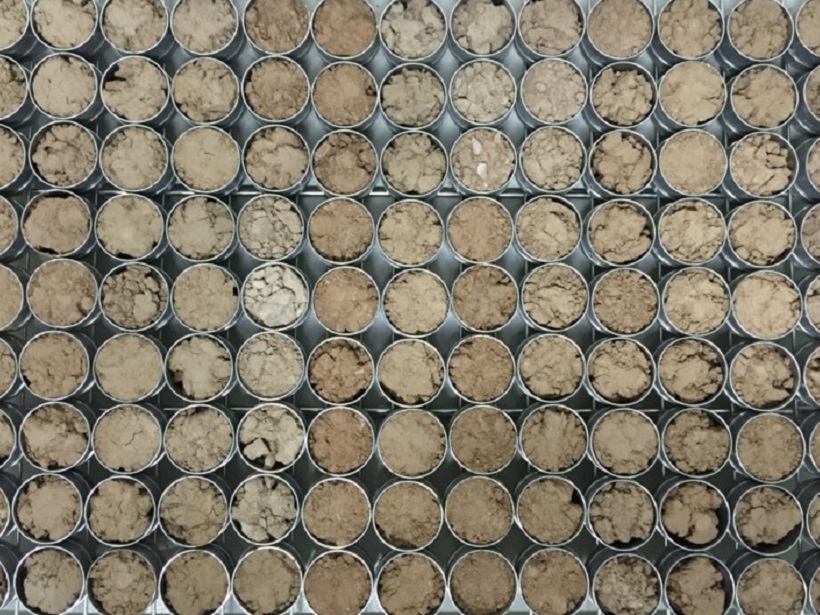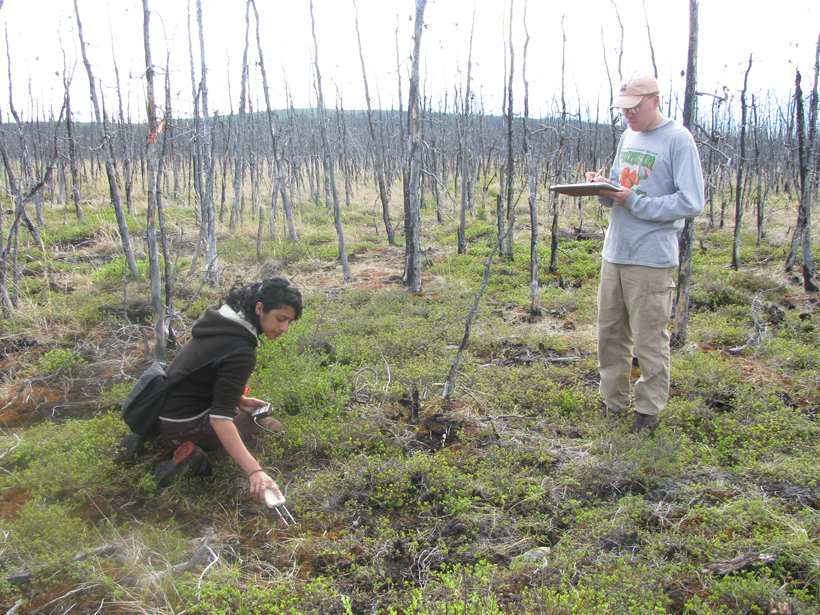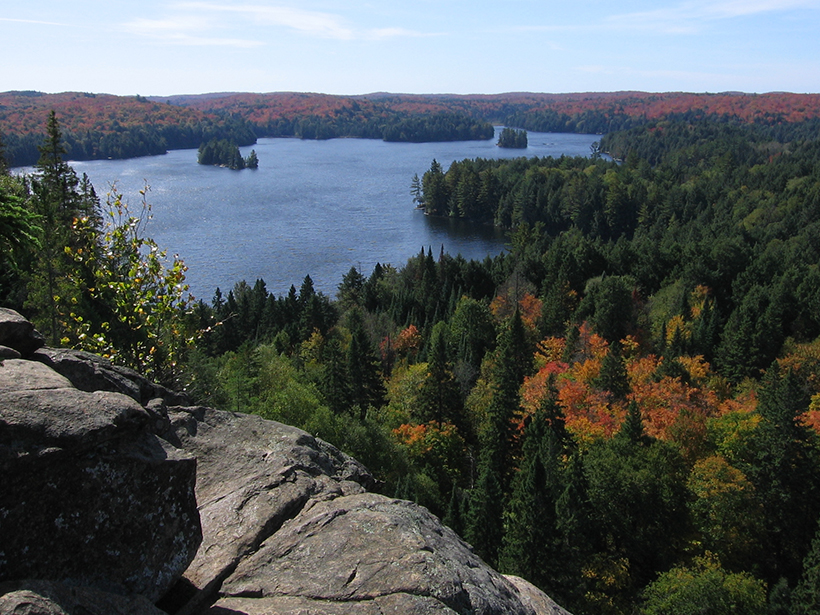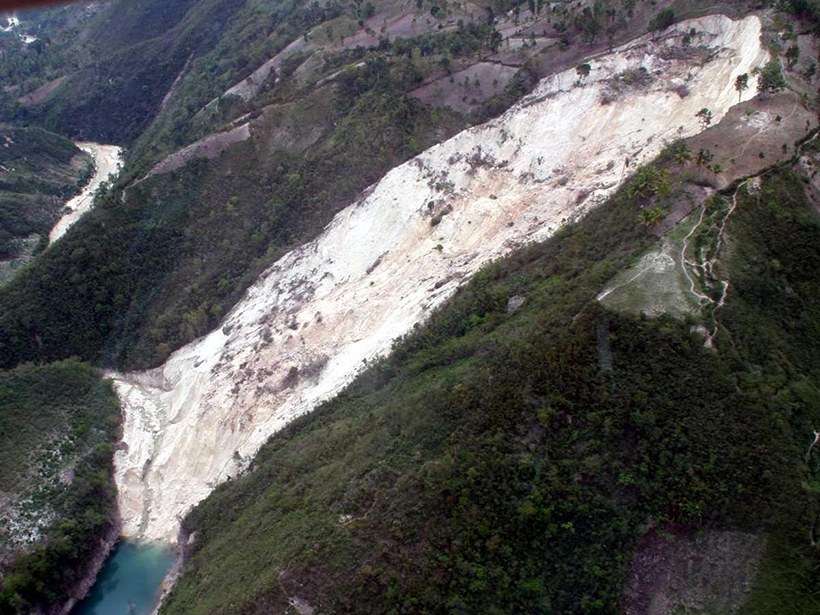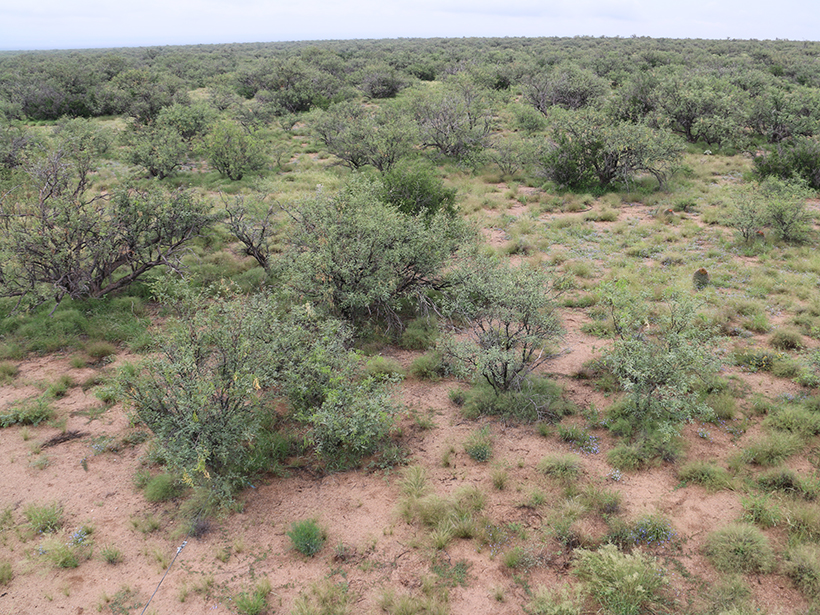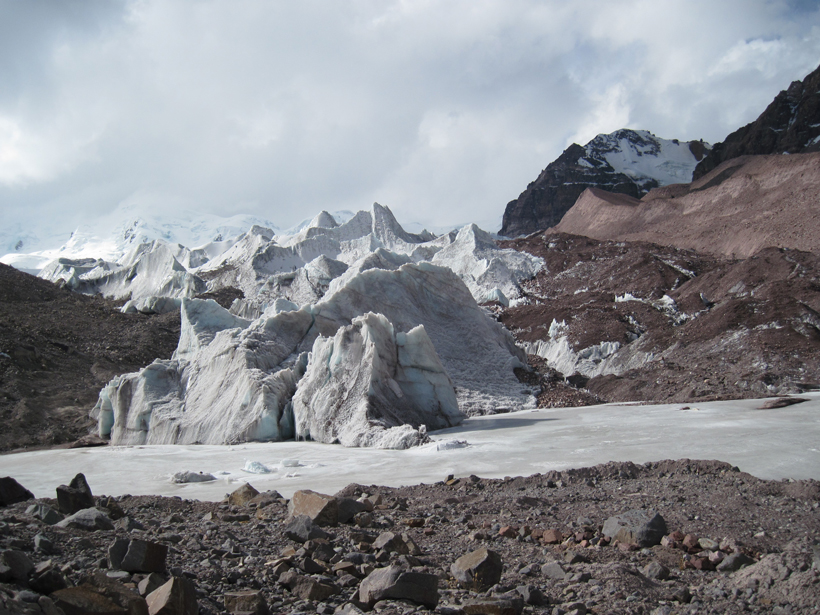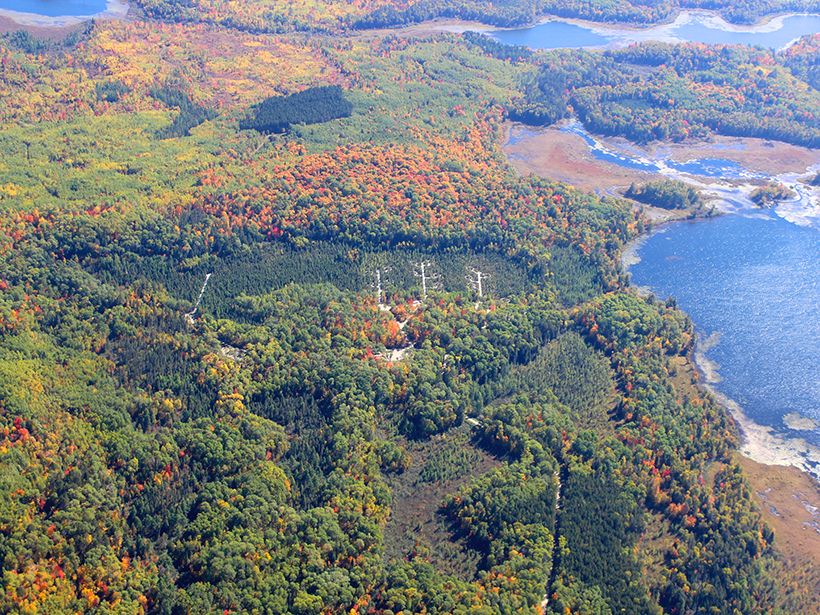Root Trait and Soil Carbon Workshop; Oak Ridge National Laboratory, Oak Ridge, Tennessee, 31 July to 1 August 2018
soils
How Nitrogen Contributes to Permafrost Carbon Dynamics
Nitrogen released into the soil from thawing permafrost in the Arctic could accelerate soil carbon decomposition and alter carbon dynamics, with global implications.
Taking the Pulse of Soil
Heat pulse methods for measuring thermal, hydrologic, and other properties of soils have advanced our understanding of soil characteristics.
Mapping and Monitoring Soil Moisture in Forested Landscapes
Monitoring Forest Soil Moisture for a Changing World; Ann Arbor, Michigan, 15–17 May 2018
Hydrology Dictates Fate of Carbon from Northern Hardwood Forests
As spring snowmelt and fall rains inundate northern hardwood forests with moisture, soil bacteria get moving and increase carbon exports to the atmosphere and into nearby water bodies.
Landslides Send Carbon-Rich Soils into Long-Term Storage
Earthquake-triggered landslides move soils down steep slopes and deposit the sediments near rivers, sequestering the carbon contained within them for millions of years.
How Mesquite Trees Gain a Competitive Edge in Arid Arizona
A new study shows that mesquites employ hydraulic redistribution to move water between soil layers in the savannas of Santa Rita.
Studying Soil from a New Perspective
Cosmic ray neutrons probe soil moisture in the Great Plains.
After a Glacier Retreats, Plants Thrive Thanks to Phosphorus
Grasses, small flowers, and mosses colonize glacial till in the Peruvian Andes when researchers apply a phosphorus fertilizer, an ecological surprise with implications for carbon sequestration.
Depth Matters in Peat Bog Nutrient Cycling
Peatlands store around a third of Earth’s soil carbon, and a new study begins to reveal how the ecosystems’ organic matter changes with depth.


